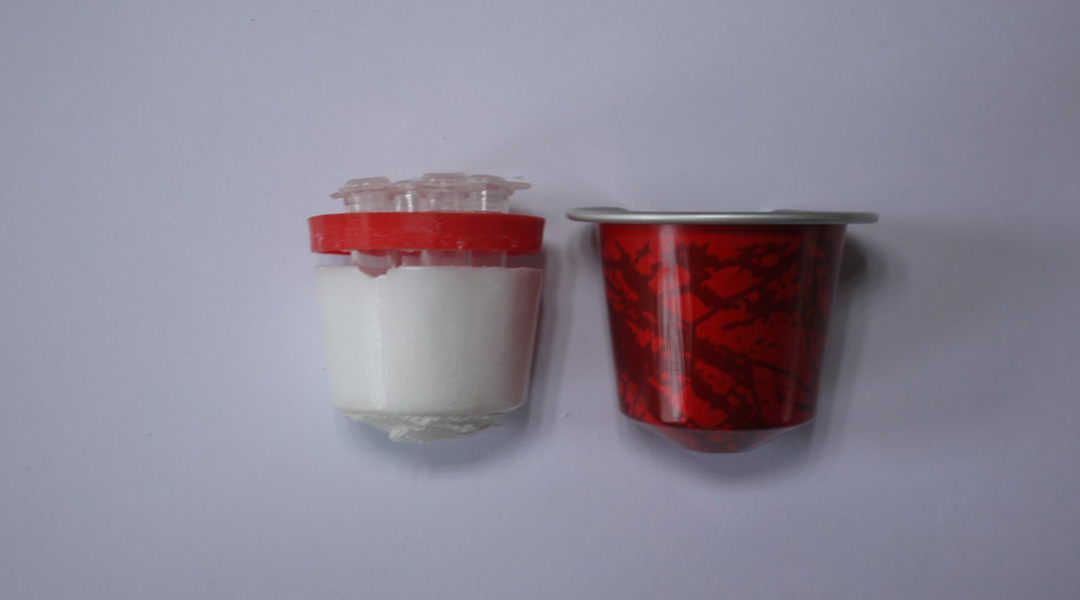Image credit: Vittorio Saggiomo
Testing has proven to be important during the COVID-19 pandemic, but widespread and rapid testing suffers from multiple bottlenecks, limiting its effectiveness as a tool to control the spread of SARS-CoV-2. “Logistics, number of machines, and people available to run the diagnostic tests are limited,” wrote a group of researchers from Wageningen University and TNO Microbiology and Systems Biology in the Netherlands.
A solution, they say, is to decentralize testing, where people can test themselves at home and report the outcome via an accurate, at-home COVID-19 test. While rapid tests are widely available in many countries, this is not true for every nation, and running enough of them to regularly test 10% of a country’s population — a number that has been suggested to control the spread of the virus — is not feasible under the current system.
“Taking as an example the Netherlands, a relatively small country,” wrote the scientists led by Vittorio Saggiamo, “testing 10% of the population would require running 1.7 million tests as fast as possible. Performing more than a million tests is simply not feasible with centralized testing alone.”
Stuck at home during the early days of the pandemic, Saggiomo got to work preparing a creative solution. “We wanted to make a device that would be extremely cheap, easy to produce in large quantities in a short amount of time, and have little impact on the waste produced,” said Saggiomo in an email.
The accurate at-home COVID-19 test can be made using common household items. “A simple aluminium coffee pod, a kind of wax which melts at 64°C, and a 3D-printed holder,” explained Saggiomo. “We have uploaded a step-by-step guide on how to make them and how to use them, to make the research as accessible as possible.”
The device uses a technology called loop-mediated isothermal amplification, or LAMP, commonly used in rapid COVID-19 testing. Like PCR tests, LAMP tests are based on the amplification of viral RNA. A single test will contain a small array of primers, which recognize different parts of the virus’ genome. These tests are easy to use, inexpensive, and can detect even small amounts of viral RNA from oral or nasal swabs at early stages of infection.
This made them ideal for Saggiomo’s at-home test set-up. But for LAMP tests to work, they must be kept at an elevated temperature for 30 minutes. In the field, phase change substances that absorb or release energy for a fixed amount of time keep the reaction at a consistent temperature. After many unsuccessful tests uses household appliances, such as in the oven, microwave, dishwasher, and washing machine, Saggiomo found success using wax called Rubitherm (RT64HC) and coffee capsules.
“You put the LAMP test inside the capsule [submerged in the wax], and put it in boiling water, then turn off the heat,” he explained. “The wax will keep the LAMP test at [the required] 64°C for around 30 minutes — the necessary time for the test to work. After that, pick up the vials and check for the color change. Yellow positive, pink negative.”
The test’s accuracy depends on the LAMP test, not the device itself, though Saggiomo said that he and his team checked for temperature accuracy and reproducibility. Like other home tests, they are prone to user errors, but the team say they are working to make their system as sturdy as possible.
“We are now using it for other tests, from malaria to Leishmaniasis to plant diseases,” he added. “Any LAMP test will work with our device.”
Reference: Aldrik H. Velders, et al., T-Cup: A Cheap, Rapid, and Simple Home Device for Isothermal Nucleic Acid Amplification, Global Challenges (2021). DOI: 10.1002/gch2.202100078

















